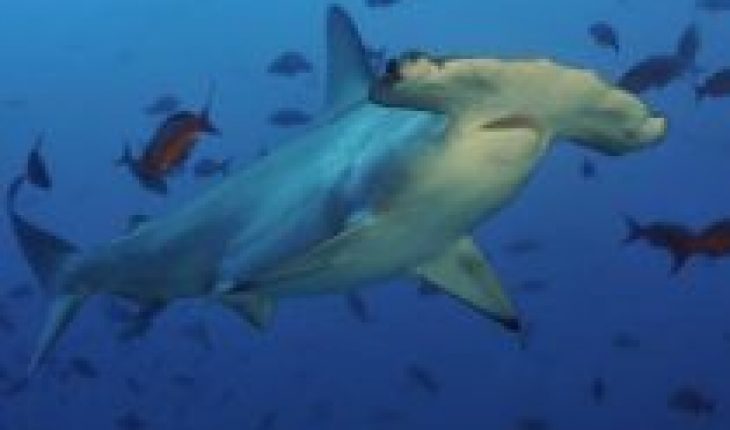
If you look at a map, the Galapagos Islands are right off the coast of Ecuador, 600 miles away. The exclusive 200-mile economic zone protects the banks of both the South American country and the archipelago. But in the middle, just in the middle, lies a space of 200 miles of international waters where the Ecuadorian Navy detected the presence of more than 250 fishing vessels, most of them Chinese-flagged. The problem is that overexploitation of the marine fauna in that area can jeopardize the delicate balance of the Galapagos and lead to extinction migratory species.
“It’s the fourth year in a row that this is happening. They are fishing in that area, which is extraordinarily rich because of the confluence of sea currents,” explains DW Luis Suarez, executive director of Conserva conservación Internacional Ecuador, an NGO that promotes biodiversity conservation. “They’re supposed to be looking for squid,” he adds.
But in 2017, a Chinese freighter was captured within the Galapagos Maritime Protection Zone, and in its cellars “7,200 sharks were found, including some endangered species, such as the hammerhead shark and the silky shark,” Suarez explains.
“We don’t know the dynamics of these fleets, we don’t know how much fishing they’re doing, we’re just clear that it’s a large number. And they catch fish and squid, which are transported to other boats that take them to port. Overfishing creates a very high risk of collapsing the populations and resources that live in that area. It’s a very worrying situation,” says César Peñaherrera, PhD in Quantitative Marine Sciences and scientific director of MigraMar, an international network of scientists investigating the marine migratory species of the Eastern Pacific. MigraMar has offices in Mexico, Costa Rica, Panama, Colombia, Ecuador, Peru and Chile.
“China has a gigantic fleet. The area where they fished before is no longer enough for that country, so they are now all over the world,” explains Suarez, who recalls that the freighter caught in 2017 had 600 tons of fishing in its cellars, including shark fins. “And that’s just on a freighter. The current fleet is calculated on around 260 vessels. That’s an impressive amount of fishing volume,” he explains.





